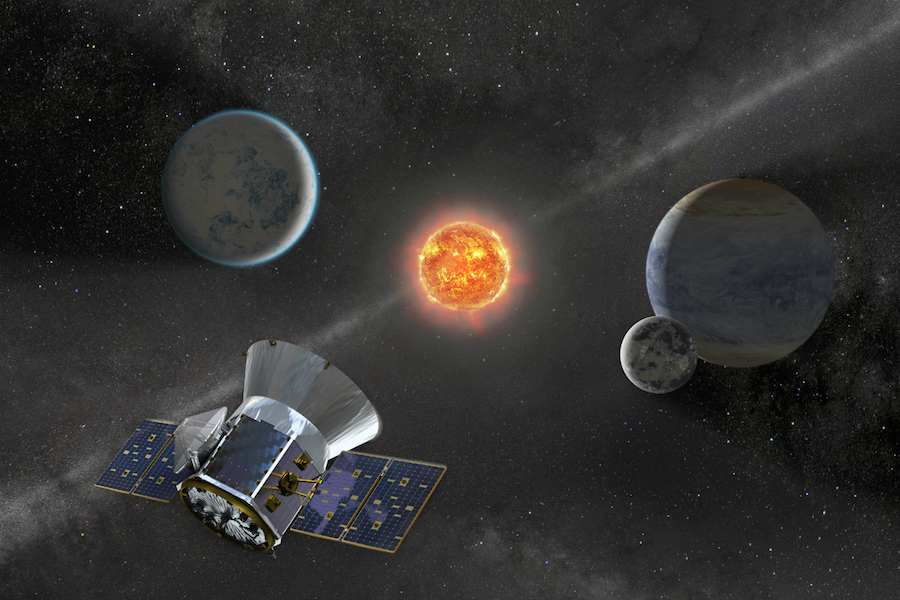
Spitzer has fundamentally changed astronomy textbooks. Recently the telescope batteries reached the end of their lives. The Spitzer team at NASA and the California Institute of Technology has no choice but to bid the spacecraft farewell.
Astronomers spotted a magnetic explosion on the surface of the sun unlike anything they've ever seen before. Although it was initially theorized about 15 years ago, this was their first direct observation of it thanks to NASA's Solar Dynamics Observatory.

On Thursday, a SpaceX Falcon 9 rocket lifted off from Cape Canaveral in Florida bound for the International Space Station. It marked SpaceX’s 19th trip to the space station and the company's final trip to the station for the decade.

Previously, 14 women and 213 men have carried out spacewalks. The first woman was the Russian cosmonaut Svetlana Savitskaya, who went outside the USSR’s Salyut 7 space station in 1984.

Scientists have found that the pressure at the edge of the solar system is greater than expected after analyzing data collected by NASA's Voyager spacecraft—the only objects to have traveled to interstellar space.

According to new study by a team of NASA scientists, Venus would have been able to maintain stable temperatures – from a low of 20 °C (68 °F) to a high of 50 °C (122 °F) – for about three billion years.

NASA is testing out a new inflatable heat shield which could enable them to send heavier missions to Mars, as well as Venus and Titan.

NASA’s aging 2001 Mars Odyssey orbiter recently snapped some unique views of the twin moons Phobos and Deimos.

All in all, from inventory checking to monitoring noise levels and more, the robotic bees, astrobees, are all set to be helpers, and they will serve as the crew's extra eyes and ears.

A team of scientists has re-created some of the first steps of life in the lab, testing whether life could emerge on other ocean worlds.

NASA and SpaceX announced that they are ready to conduct the first orbital launch of Crew Dragon as early as March 2nd, a demonstration that will directly precede the first crewed launch on a US rocket in more eight years.

Opportunity landed on Mars more than 15 Earth years ago, on January 25, 2004. Originally designed for 90-day lifetimes, the rovers persisted. It roved a staggering 45.16 kilometers across the Red Planet.

An international team of scientists found evidence that the rock was launched from Earth by a large impacting asteroid or comet. The impact sent material into space, where it collided with the surface of the Moon 4 bil years ago.

In 60 years of space exploration, we've placed almost 7,000 satellites in orbit. Less than a third still function. The rest is dangerous junk - and their number is growing. Here's how we might mitigate the threat.

The three confirmed planets discovered so far using TESS are all within 100 light-years of our solar system, substantially closer than the nearly 2,700 validated worlds detected using Kepler.